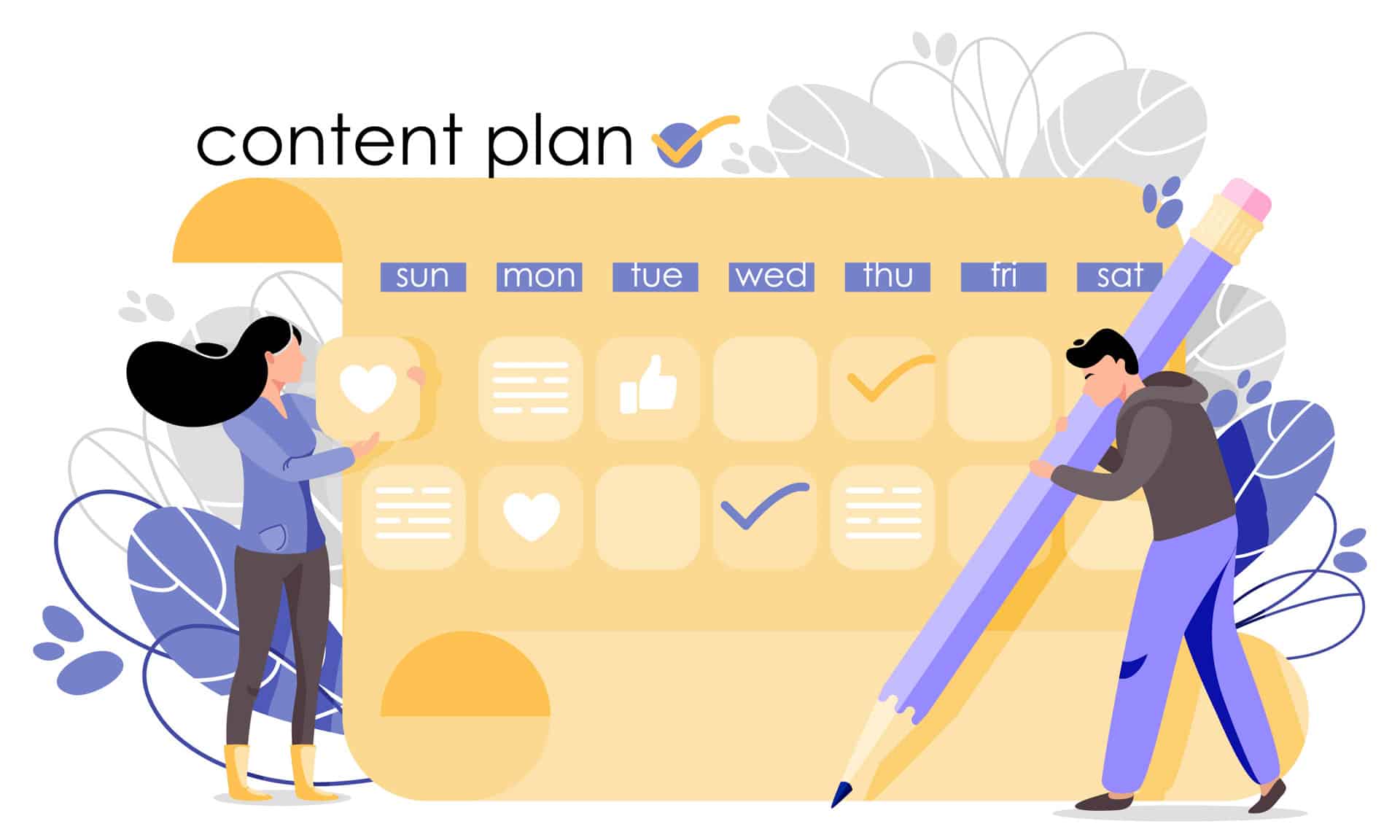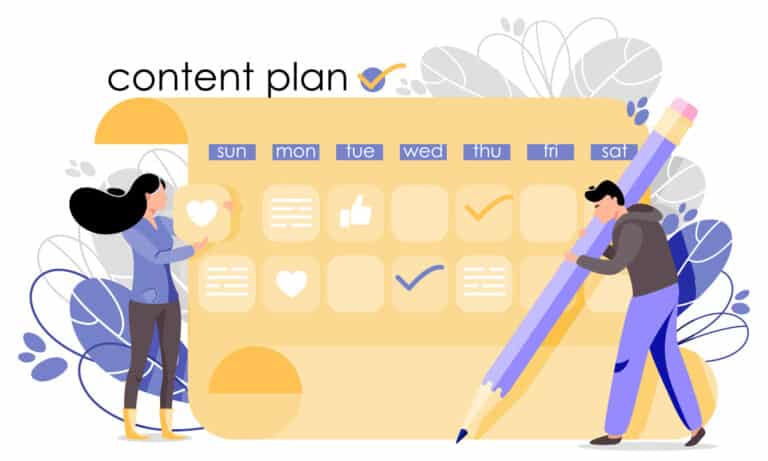SEO (Search Engine Optimisation) is often seen as a challenging and difficult to understand area of marketing.
In reality, the goal of it is relatively simple – to make your website rank higher in search results for Google and other search engines.
Why would you want your website to show up higher you may ask?
Well the higher it ranks for relevant keywords and search terms, the more people will visit and ultimately convert on your site. However, in order to rank highly on Google, we must ensure that your content is optimised not only for search engines (technical aspects of SEO such as keywords, alt text, H1/2 tags etc) but also for the user. The content on your website should aim to provide value to users, aiding them to understand and overcome whatever challenges it is they are facing when searching for content related to your business.
Just like with any aspect of marketing (or business in general), you need a proper strategy in order to ensure your website content is optimised for SEO. Creating the kind of content that resonates with users and ranks highly on Google is simple, but not easy. It is more than creating mediocre blog posts and stuffing keywords into your content.
We have already established that content and SEO go hand in hand. Everything is content – whether it’s a blog post, a video, or a general webpage. In this blog, we’ll look at how you can ensure your website content is optimised for SEO, ensuring you will rank well organically on search engines.
WHAT IS SEO CONTENT?
As we have discussed in previous posts, SEO essentially means optimising your website and content to rank highly on search engines. The “content” part is essentially anything that can be published on your website and includes blogs, images, videos, and landing pages. So, when we combine the two, we want to improve the content we create to increase website traffic and user enjoyment.
THE NEED FOR RELEVANCE
When creating content, it must be relevant to both what your business is offering, and to what the user is searching for. By answering the answers of the search query directly, you can ensure that they will have a good experience on your website, making them more likely to convert and also benefitting your SEO efforts by having a better bounce rate and more time on site. Website content should be created with your audience in mind.
ON-PAGE CONTENT OPTIMISATION
As we have already stated, good content and SEO work in unison. To be successful at SEO, you must have high-quality content on your website. However, having great content is only part of a great SEO strategy. You must also have optimised on-page information. This includes making sure you implement relevant header tags, alt text, keywords, etc.
KEYWORD RESEARCH
There are various tools available online to help you discover keywords to use on your website to attract visitors who search them online. You can also run Google Searches to help you see what kind of content ranks highly for search terms you are interested in and learn from it. However, when including keywords in your website content, be careful not to overuse the search term as this could be seen as an attempt to trick the search engine by Google.
You should however try including the keyword where relevant, but not force it into a sentence simply to include it. Also, you should try to include a variety of long and short tail keywords – short tail is essentially single- or two-word search phrases whereas long tail are more in the form of short sentences and questions. Google Keyword Planner is a great tool for finding relevant keywords.
OPTIMISE YOUR TITLE TAGS
Your headline and title tags are what people see when viewing your website listing on Google. Try to ensure they have relevance to the topic/search term, and where possible, include your brand name.
URL
The URL is often overlooked, but crucial part of SEO and is relatively simple to optimise. You should aim to include keywords and other descriptive words in your URLs. For example, a simple URL structure which can be easily implemented is as follows – http://www.example.com/category-keyword/subcategory-
IMAGE OPTIMISATION
Having many large images on your website will result in the load speed being very slow, which will penalise your Google performance.
Ensuring that images are compressed and are an appropriate size before uploading them to your website is preferable. Relevant alt text (images names) should also be used for images.
WRITE COMPELLING META DESCRIPTIONS
Your meta description is essentially a 155-160 characters summary that describes the content of a web page and can be seen under your site link on Google search results. It can greatly influence whether somebody will or will not click through, so it is very important to get them right. And although the meta description does not necessarily affect rankings, it will influence whether somebody clicks through to your website.
OPTIMISE FOR MOBILE
Mobile is now a very popular form of search with more people searching on it than on desktop. In fact, Google now penalises websites that do not have a mobile optimised website, as it leads to poor user experience. Websites should be mobile responsive, and although not directly related to your content it is nonetheless a very important part of SEO.
ANALYZE & IMPROVE
Continually scrutinize performance using free tools such as Google Analytics to ensure that you are optimising your website performance – For example see which pages have a high bounce/ low bounce rate, which have the highest time on page etc and discern what it is about those pages that makes them resonate with searchers.
In summary, while it is certainly difficult to rank organically in the first positions of Google, when your content is optimised for both search engines and for users it is certainly possible.





